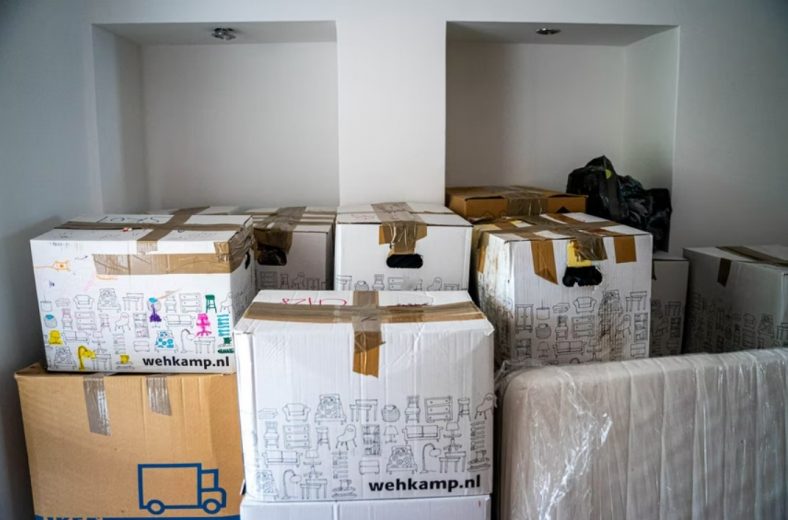When the time comes that you need to move, you probably have a long checklist of things to look for in regards to your new home. Any type of move requires planning, but a long-distance move can be especially complicated. What you might not think about so much is the community surrounding it. This, along with the other many details of moving and preparation, deserves your attention, too, so it’s helpful to know things to look for when moving into a new neighborhood. Whether you’re moving to a new state, across the country, or just across town, these tips should help give you more peace of mind when doing so.
Plan as Far in Advance as Possible
When it comes to long distances moves, the last thing you want to do is wait until the last minute to start to make plans. Ideally, you should begin to prepare for your long-distance move as soon as you know your moving date. Planning as far in advance as possible will give you all of the time you need to pack, hire a long-distance moving company, set up utilities at your new residence, and take care of all of the other things involved in a move.
Get Several Estimates from Moving Companies
Moving is not cheap, and long-distance moves can require a large financial investment. As soon as you know when you will be moving, it is in your best interest to get several estimates from reputable long-distance moving companies. When requesting estimates, make sure to ask the moving companies to include all fees and surcharges in the quote. This will allow you to compare the estimates and choose one that provides the best value.
Get Rid of What You Don’t Need
A long-distance move is a perfect reason to de-clutter and get rid of things that you no longer want or need. There is no reason to pay to move boxes of belongings that you have no use for. Go through each room, closet, garage, and attic/basement, and go through everything you own. If you can remember the last time you used something, there is really no need to keep it or spend time packing it up.
Carefully Label All Boxes
After a long-distance move, it can take some time to unpack and get a new house feeling like your home. However, in the days after your move, you will need basic things for day-to-day life. When you are packing, take the time to carefully label each box. In addition to writing down the room the box belongs in, also write down what the box contains. This makes it easier to find something, such as drinking glasses or silverware, without having to go through every box in the kitchen.
Schools and Traffic
This is crucial for any family with kids or planning on them. Even if you don’t have kids, great schools can increase property values. Heavy traffic isn’t always a problem as long as you can get around well. If you don’t want to always use your car, or you don’t have one, then look for bike trails and lanes, bus routes, and mass transit connections. Access to a highway might help if you do drive.
Apartments
Apartments can tell you a lot about a neighborhood. They usually indicate higher population density at a minimum. While more residents might suggest more traffic, apartments can also suggest a neighborhood is a desirable location given how many people want to live there. They can also give you a chance to live in a certain neighborhood before you find a house to live in, or you can rent an apartment to avoid dealing with yard work and maintenance.
Amenities
Movie theaters, dry cleaners, restaurants, stores, and other businesses in or around a neighborhood are likely to become regular stops in your lifestyle there. Be sure the area has what you need.
Noise and Neighbors
Enough noise to bother you inside is a problem. However, you might not want much noise outside if you have a yard. Try and see if there is a set curfew for the people around you, ask around, and don’t be afraid to suggest something to make your neighborhood quieter as a whole. There may be neighbors who are wanting the same thing but aren’t ready to step out of their shell yet.
Who your neighbors are in a community might wind up being the most subtle and yet most significant factor that impacts your experience there. You might think it’s impossible to test this without living there, but you can possibly join social media groups to meet people living there. You can always just take a stroll through the area and chat up anyone walking their dog to learn a lot, too.
Crime Levels
One thing that is quite often overlooked is to look at crime stats in the new area you are moving to. Everywhere has some level of criminal activity, but some areas are much more worrisome than others. It never hurts to keep an eye on these things or even to contact the local police and sheriff’s department to touch base and ask their opinions.
The inside of your home will determine a great portion of your residential experience, but the surrounding neighborhood will matter as soon as you step outside. You’ll always have to go through it to go out and come home, so be sure you are living in a place you like.

